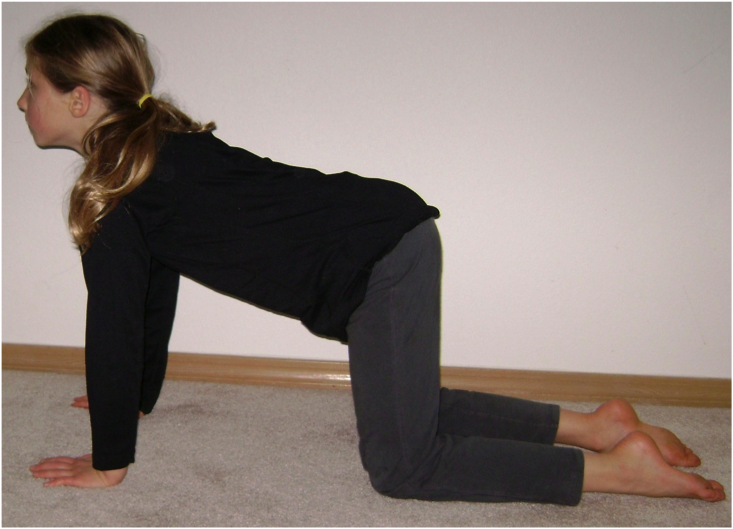Sensory motor training transforms 8 out of 9 poor readers
"In three months, the group had caught up a year’s reading development!"
by Lars-Eric Berg
As told in the book:
Hjärnvägen till inlärning, (Brain road to learning), Brain Books, Sweden, by Berg, Lars-Eric & Cramér, Anna (2007) (Emphasis added).
A school south of Stockholm had encountered a problem before a class fled from year 3 to year 4. The teacher assessed nine of the students to be as poor readers that the school was considering adding a resource teacher at half-time for these. Special education teachers did a reading test (DLS) for second grade and found that students’ reading level was so low that they should have had special education in second grade! They were in fact a year behind the class three standard in reading skills.
In February I started to work with the group one day a week. Each student got twenty minutes alone with me. I noticed their motor problems and prescribed individual training programmes. We worked with cross lateral movements, primitive reflex integration, balance and Brain Gym movements.
Their special education teachers were present and continued the motor training on their lessons. In a corner of the classroom the students had lots of large paper and pencils, crayons and watercolours. They were allowed to go to the corner any time to produce Lazy 8s.
We had parent meetings every three weeks. The parents were taught how to help the children with their daily exercise programme. The home play programme was a bit different from the movements the children did during school. At home the children were working mainly with RMT, Rhythmical Movement Training.
No additional reading instruction was inserted into the class.
In May, a special education teacher evaluated the children’s reading skills again. This time with the reading test (DLS) for the third year. She found that all the students except one were normal readers for grade 3.
In three months, the group had caught up a year’s reading development!
Statements from parents testified about many positive transfer effects. Some boys had gotten so much better coordinated that they could play in the football team where they had not been playing so much. Their status and self-confidence had grown.
A girl who previously isolated herself and who had no peers began to be more outgoing. She joined the Girl Scouts and took home peers, which never had happened before, according to the mother.
Thanks to the focus on sensory-motor training the students became better readers and the school did not have to hire an extra part time to the class. It was really a win-win project.

